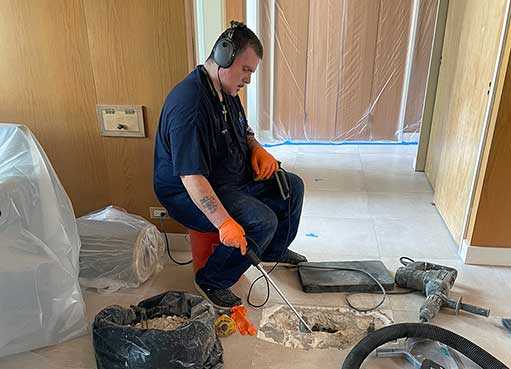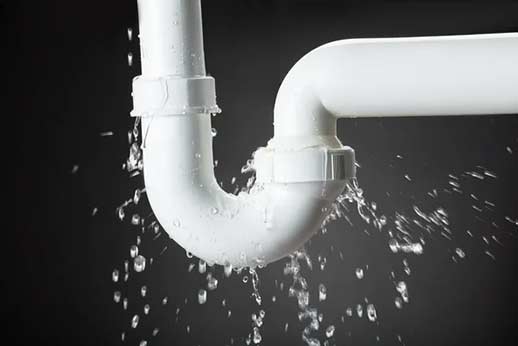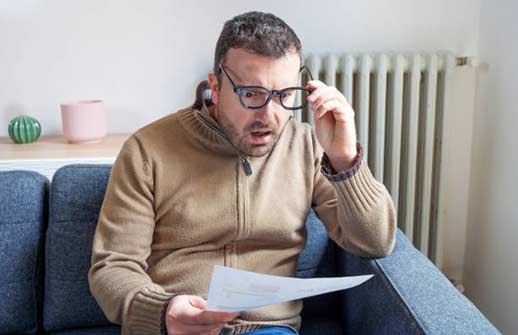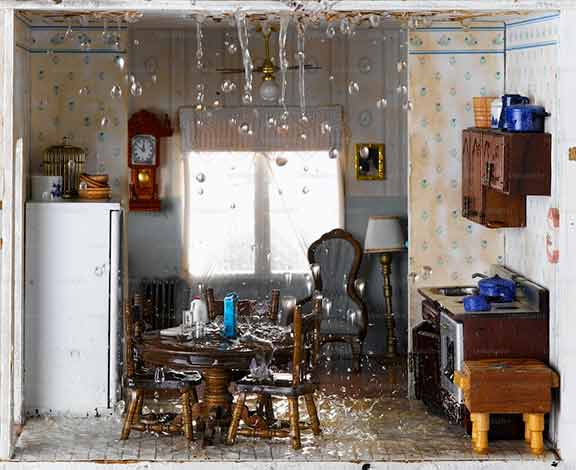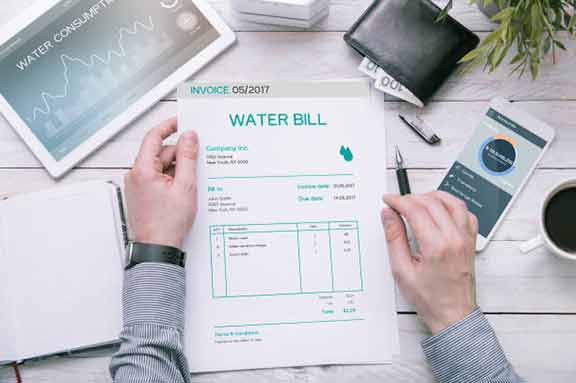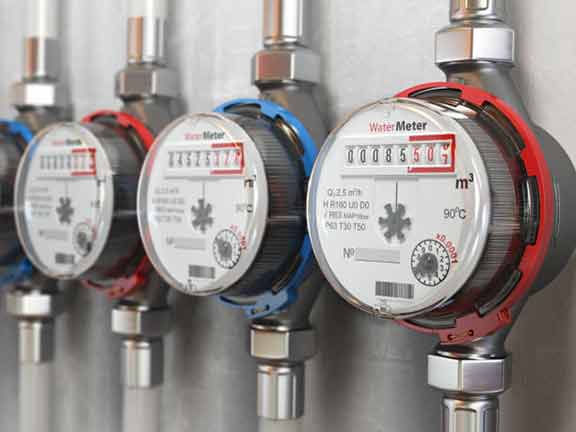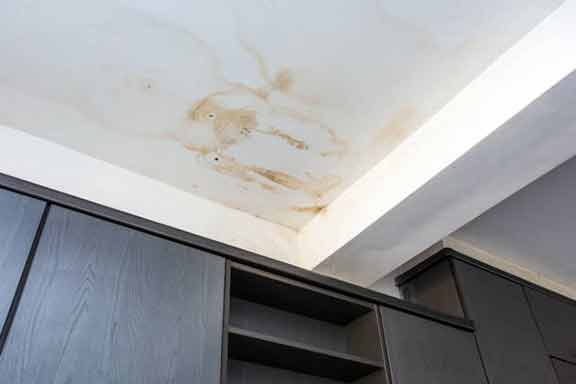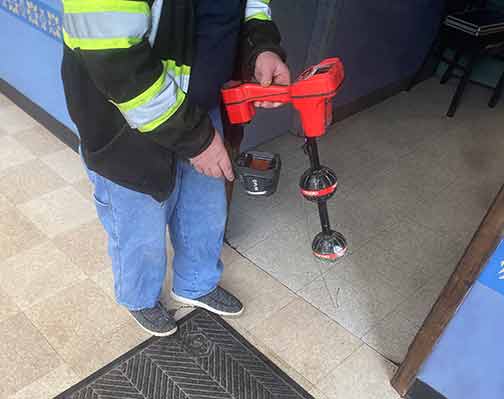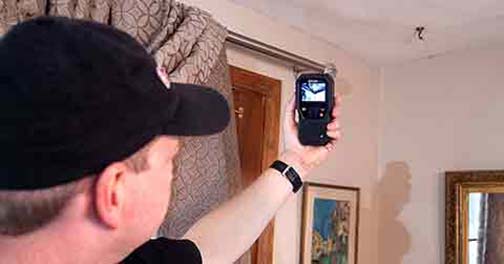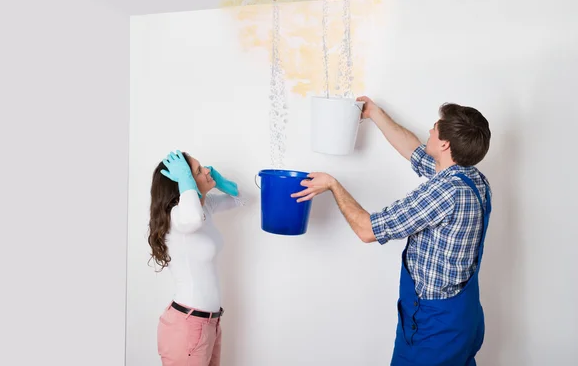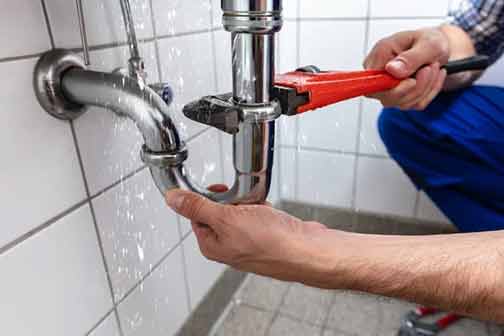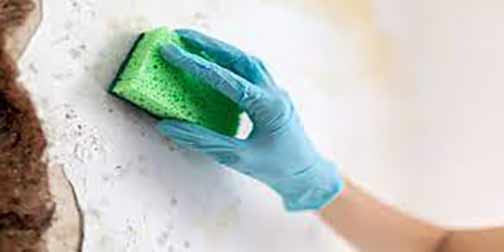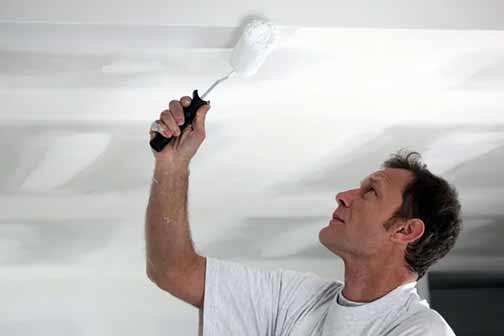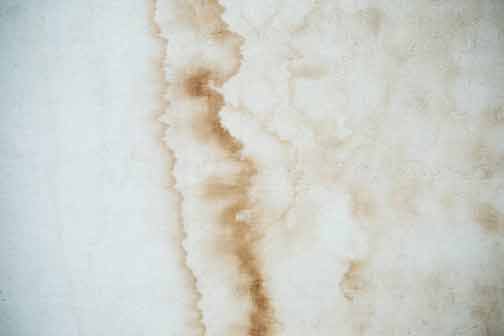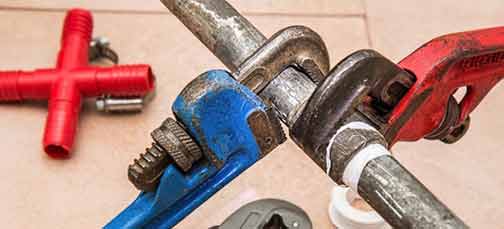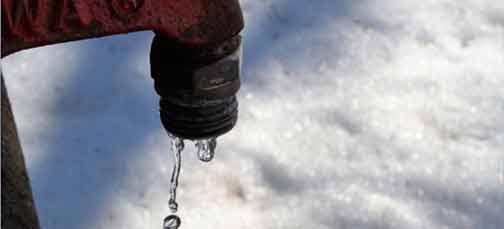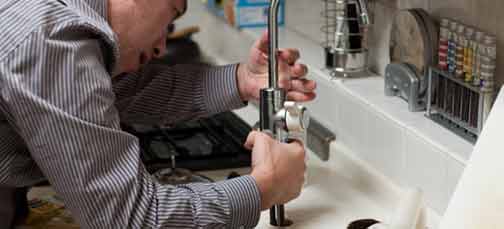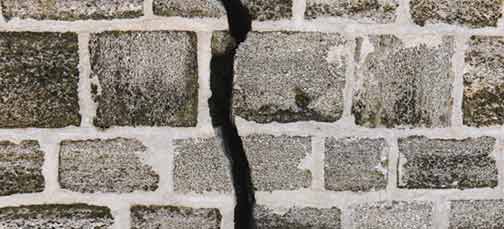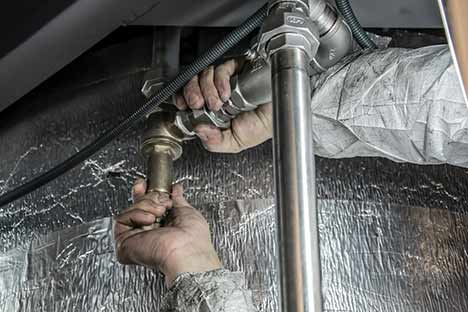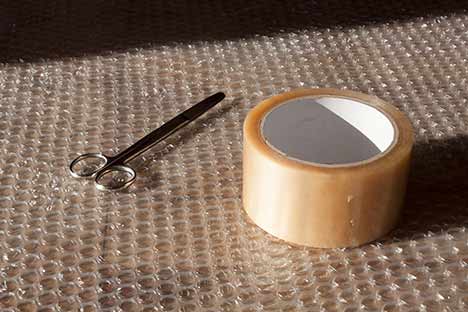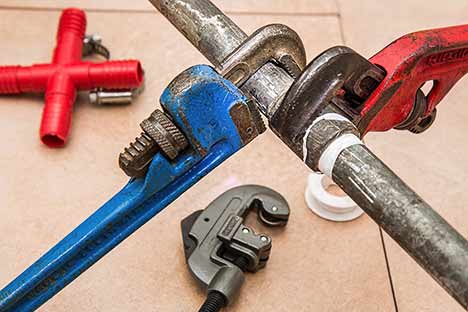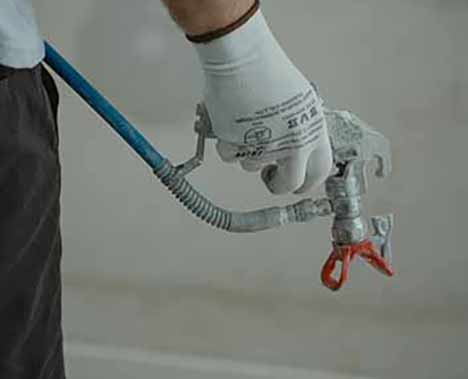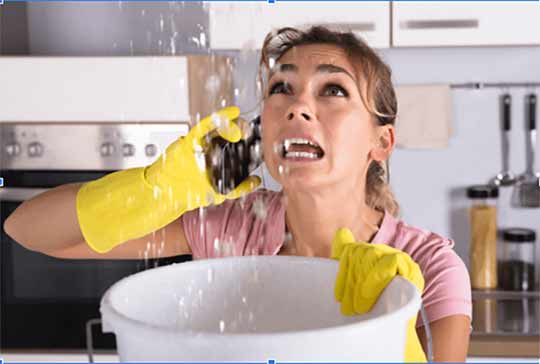Plumbing leaks are one of the most challenging issues in your home. Even when a leak does not damage your building, it can still cost you more money. For instance, a leaky toilet may not cause water damage to your home, but it will inflate your water bill.
In addition to their potential impact on your cost of living, water leaks pose a serious threat to the structures of your building. If a leaky feature discharges water into the structure of your home, it can cause massive damage to your flooring, walls, ceilings, and foundation, notes Granite Foundation Repair company.
This problem is more catastrophic when you are unaware of the leak in your home. Hidden leaks are the worst kinds of plumbing leaks in the house. They can cause tens of thousands of dollars worth of water damage before they are eventually discovered.
Why are hidden plumbing leaks so dangerous?
The reason is that the typical homeowner expects that when a leak happens in their plumbing, it should occur in a highly visible manner. In other words, they want to see evidence of the leak in the form of water cascading down their walls or pooling on their floors.
While this happens sometimes, there is no guarantee that water leaks in your home will always occur this way. That is because a large section of your home’s plumbing is hidden inside your walls or floors and behind cabinets.
Since these pipes are hidden, it is hard to know their actual condition. As a result, when they suffer a leak, it can take a while for the signs of the problem to become obvious. The leaks can go on for months without the homeowner’s knowledge.
That is why it is vital to have a system for checking for undetected leaks in your home. Since undetected leaks do not leave a trail, these routine checks must be done on the plumbing, even when there are no visible signs of leaks in the home.
The importance of leak detection services
To find and solve the hidden leaks in your plumbing, you need a way to assess the condition and function of those plumbing parts you usually don’t interact with every day.
This process is possible through the expertise of a leak detection service. A leak detection service is a licensed plumber with the capability to find hidden leaks within those sections of the plumbing that are embedded in your walls and flooring or buried underground.
To find these insidious leaks that may be doing secret harm to the features of your building, the leak detection service will do the following:
- A walkthrough of your property to visually inspect the visible parts of the plumbing.
- Review your home’s water meter data to detect anomalies in the water usage pattern.
- Use acoustic detectors, thermal imaging, etc., to find leaks behind drywalls and cabinets.
- Do soil probes or other tests to detect leaks that are outside the home or underground.
- Pinpoint the location of existing leaks to facilitate prompt and effective repair.
- Recommend various leak-detection systems to help avert future problems.
- Conduct yearly inspections to prevent water damage due to an undetected leak.
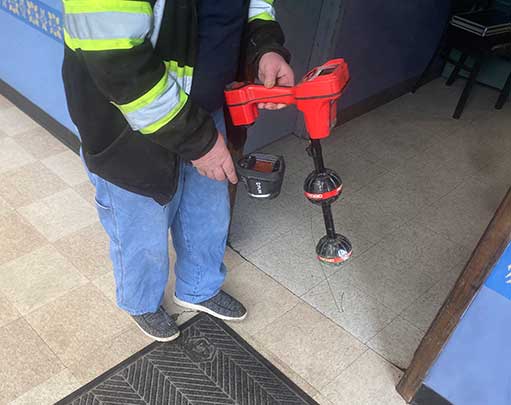
A leak detection service will uncover the hidden inefficiencies that impair the function and longevity of your plumbing system. You will see massive improvements in the quality of your home’s water supply.
5 benefits of hiring a leak detection service
What are the benefits of hiring a leak detection service today instead of waiting until an undetected leak causes avoidable damage to your home?
Early detection of problems saves money
Early detection of leaks helps to prevent extensive water damage to your home, along with the high cost of fixing the problem. The small step of hiring a leak detection service can have a tremendous impact on your home maintenance costs.
Improved efficiency of plumbing systems
A leak detection service will uncover the hidden inefficiencies that impair the function and longevity of your plumbing system. You will see massive improvements in the quality of your home’s water supply.
Improved energy efficiency and lower environmental impact
Dealing with hidden leaks in your plumbing eliminates energy inefficiencies in the system. You will be minimizing the environmental impact of your plumbing.
Prolong the service life of your plumbing
Leak detection services help you avoid premature plumbing replacement. A leak detection service will uncover trouble spots that can affect the longevity of the system.
Get accurate data about your plumbing
Leak detection services help to create the basis for data-driven plumbing maintenance. This plumbing inspection will provide accurate information to deal with current issues and predict future problems.
Finally, leak detection services help you avoid unpleasant surprises in your home. Whether you are away on a vacation, sleeping in your bed or busy at work, you will have the peace of mind from knowing that your home is safe from water damage.
